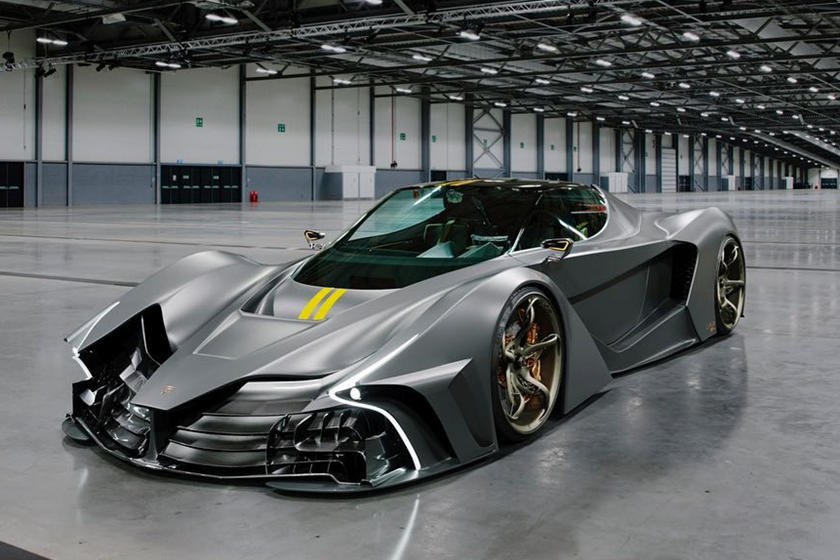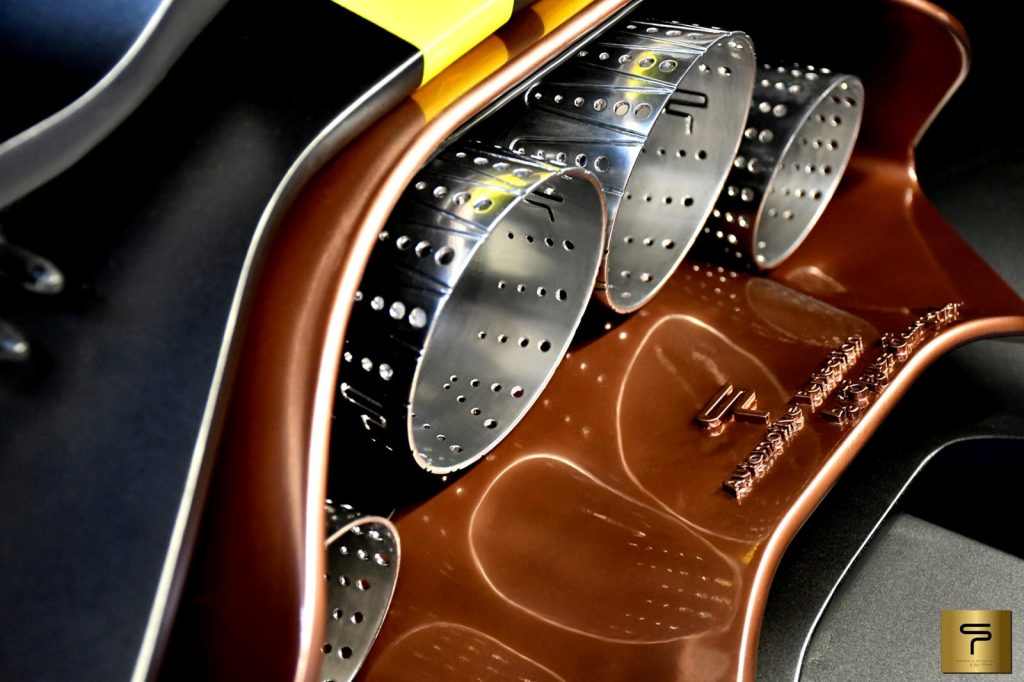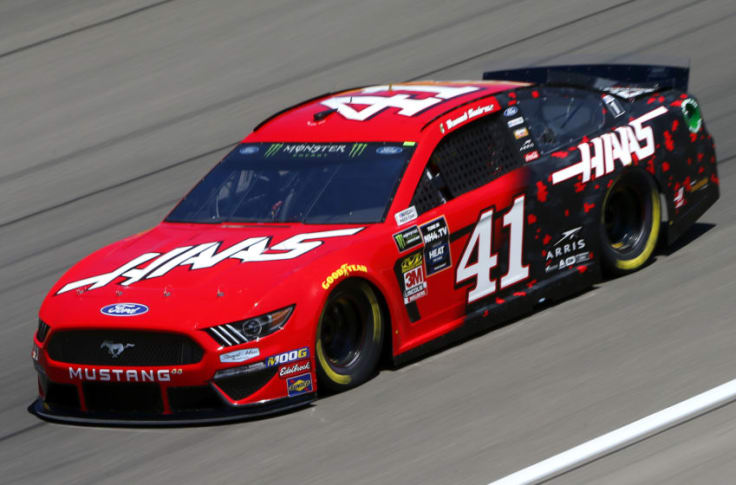Greek automotive manufacturer Spyros Panopoulos Automotive (SPA) has teased the launch of a new 3,000 horsepower ‘ultracar’ with a unique 3D printing-based design philosophy.
Suitably named the ‘Chaos,’ SPA’s upcoming 12,000 rpm V10 speed machine is set to feature featherweight 3D printed body panels, that allow it to accelerate from 0-60 mph in less than two seconds. While the absurdly powerful motor has yet to make its physical debut, its manufacturer has now provided a fresh insight into its design with a spate of CGI images, ahead of a planned on-track speed test next year.

Bringing ‘Chaos’ to the track
Founded by design engineer and former speedster driver Spyros Panopoulos, SPA specializes in the production of performance automotive parts. Over the last three years, Panopoulos has deployed his drag racing expertise to build components using advanced technologies for some of the world’s most famous supercars, but now he and his team have embarked on a project of their own.
“Since we have manufactured many performance car parts for a diversity of production cars, such as Lamborghinis and McLarens, we came up with the idea to create our own designed and produced car which will have all these parts, and will be a vehicle completed by us in its entirety,” Panopoulos told the Greek Reporter.
Designed to be the world’s first ‘ultracar,’ the Chaos is set to feature F1-level specs, including a 4.0-liter V10 that runs on E85 biofuel and delivers up to 3,000 hp. While the Greek start-up is also planning a less powerful petrol version of its hypercar, this will still rev up to 11,000 rpm meaning that it’s not for the faint-hearted, and it could even be a competitor for the likes of Aston Martin’s Valkyrie.
In the speed stakes, Panopoulos has reportedly claimed that the Chaos could be capable of reaching over 310 mph, which if true, would make it one of the fastest production cars in the world. To see if it can beat the current road car speed record of 316.11mph, set by the SSC Tuatara last year, the ultracar has already set up a Red Bull-sponsored run at Germany’s private Ehra-Lessien track for next year.

SPA’s ‘Anadiaplasi’ AM process
In order to reach its outlandish speed goals, SPA plans to lightweight certain elements of the Chaos using its ‘Anadiaplasi’ manufacturing process. Specifically, the firm intends to fit its 3,000 hp hypercar with 3D printed quad exhaust pipes, as well as titanium and magnesium based brake calipers and rotor hubs.
Impressively, 78% of the Chaos’ futuristic body is also said to be 3D printed, as are parts of the car’s motor, such as its engine block, pistons, rods, camshaft and intake valves, while its lightweight wheels are set to be printed from titanium as well, using an approach that’s said to be similar to that of GE Additive’s Electron Beam Melting (EBM) technology.
Although SPA hasn’t confirmed exactly how these parts will be made, its facilities are known to house SLM Solutions’ SLM 280, SLM 420 and SLM 500 metal 3D printers. Thanks to its 500 x 280 x 365 mm build volume and quad-laser set up, the latter is designed for serial production, and given its history of creating automotive parts for the likes of Hirschvogel Tech, it could well be the order behind the Chaos.
Either way, once brought to market, SPA’s rapid new ultracar is set to come with a suitably astronomical price tag of €5.5 million for the base model and €12.4 million for the full-fat 3,000 hp variant, and given that only 20 Chaos’ will be on sale in each continent, the high powered exotic is expected to be as rare as it is ambitious.

3D printing in the pursuit of speed
Automotive manufacturers have deployed 3D printing to create functional components for some time now, but the technology is now increasingly being used to make performance gains in top-end sports and race cars.
Earlier this year, New Zealand-based manufacturer Rodin Cars revealed that its 1,000 bhp ‘FZERO’ hypercar is set to feature a 3D printed gearbox. Built alongside 3D Systems, the transmission system features a hydraulically-controlled differential, which is designed to manage the torque generated by its engine, and allow it to go faster than modern F1 cars.
In the UK, the Arash Motor Company has also adopted 3D printing, albeit on a smaller scale, to build end-use components for a new hypercar. Using MakerBot’s technologies, the firm has been able to prototype and produce end-use carbon motor cartridges, multiple electric motors and high-capacity battery packs, for a new high-speed EV it’s working on.
Elsewhere, 3D printing has also found end-use racing applications, with NASCAR team Stewart-Haas Racing choosing to 3D print optimized brake pedals for one of its cars in this year’s championship. Leveraging Autodesk design software and Renishaw’s RenAM 500Q 3D printer, the team has been able to make its pedals lighter, more robust and better able to withstand demanding race conditions.
To stay up to date with the latest 3D printing news, don’t forget to subscribe to the 3D Printing Industry newsletter or follow us on Twitter or liking our page on Facebook.
For a deeper dive into additive manufacturing, you can now subscribe to our Youtube channel, featuring discussion, debriefs, and shots of 3D printing in-action.
Are you looking for a job in the additive manufacturing industry? Visit 3D Printing Jobs for a selection of roles in the industry.
Featured image shows Spyros Panopoulos Automotive’s (SPA’s) 3D printed Chaos ‘ultracar.’ Image via SPA.


